Discover authentic flavors with Sakuraco
Enjoy new Japanese sweets, snacks & tea every month starting from $32.50 USD
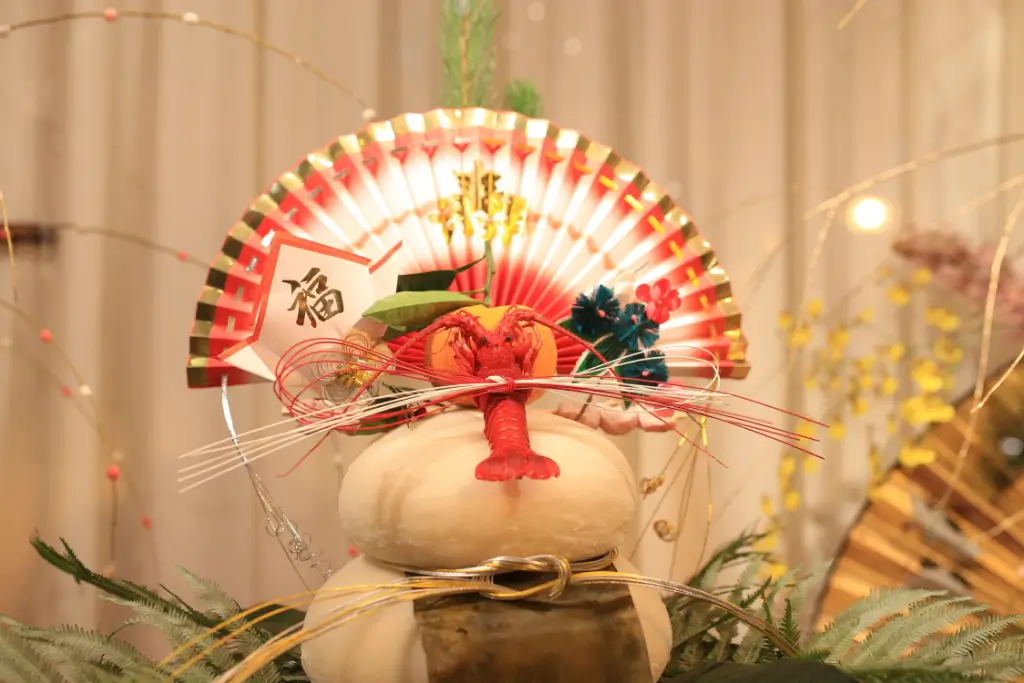
In the Shinto tradition, Toshigami is the deity who arrives at the end of every year and remains through the New Year to bring blessings, a bountiful harvest, and good fortune. People in Japan honor Toshigami at the turn of the year with rituals, decorations, and special foods.
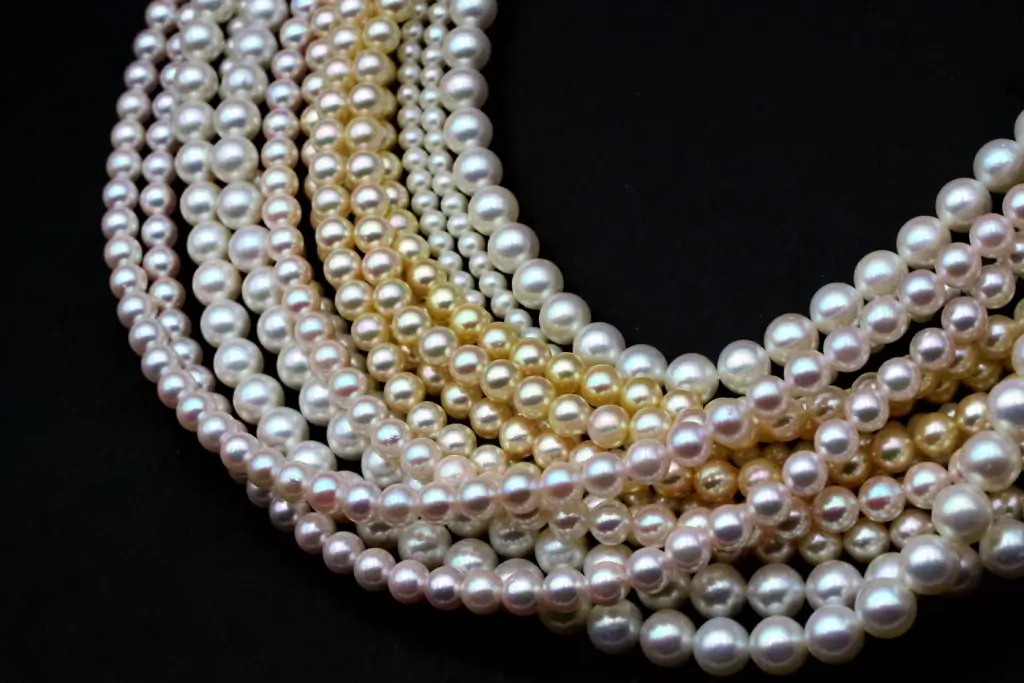
Japan’s jewelry industry is about more than mere adornment; it is intricately bound to its history and traditions. Today, let’s uncover what makes some of their crafts so enduring!

Fukushima is experiencing a fresh wave of revival by opening a unique new bar. This spot offers more than just food and drinks. It’s not just a place to relax; it stands for strength and community in a town still recovering from a disaster. Inside, locals and visitors will find a warm atmosphere where history…

Tokyo’s best capsule hotels combine convenience, style, and unbeatable value, from high-tech features and private pods to cozy, serene retreats. Let’s dive into the top five options that promise to transform your Tokyo experience into an unforgettable one!
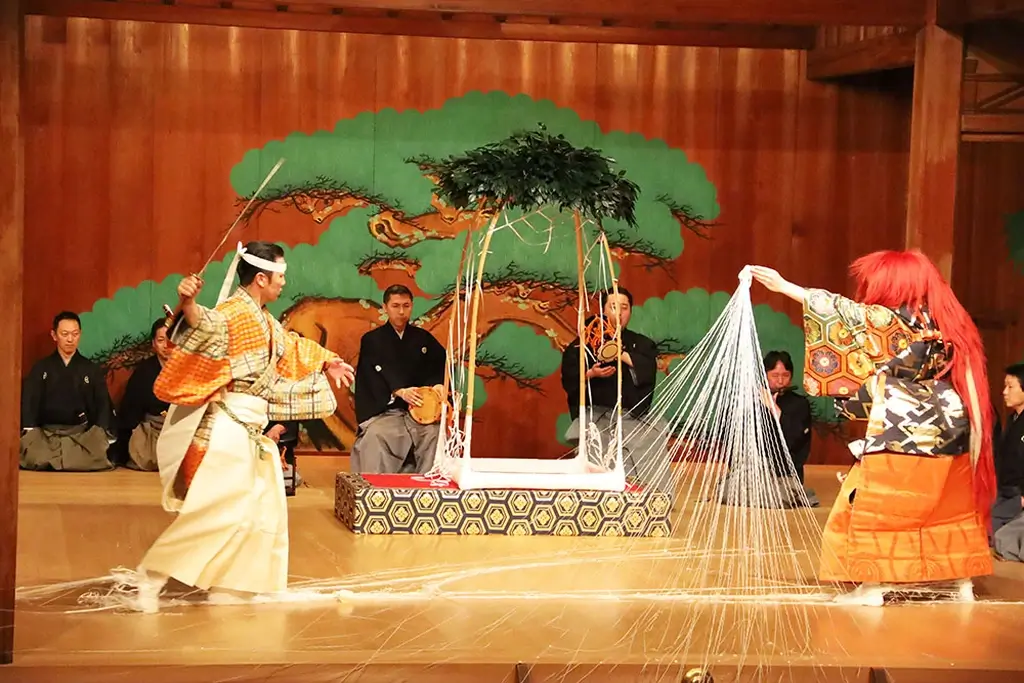
The Japanese Theater of the Deaf brings this magic to life by skillfully reimagining kyogen through sign language, where every gesture speaks volumes. Their performances create a vivid tapestry of emotion and humor that resonates with audiences at home and abroad. Let’s explore this special theater and its conquest of global crowds!
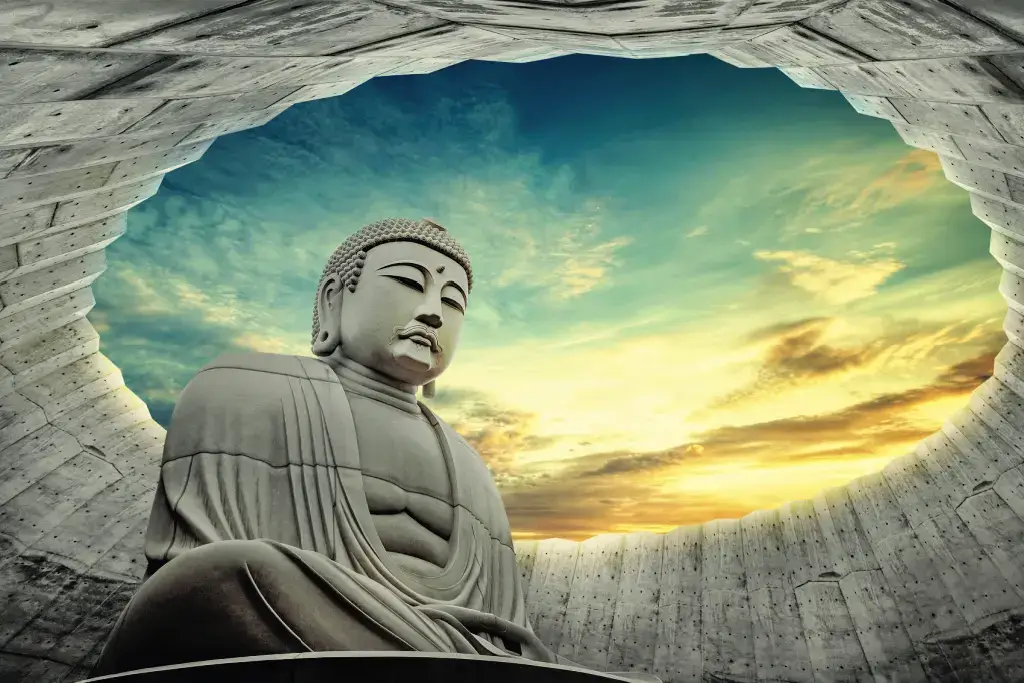
Contemporary Japanese architecture offers a fascinating glimpse into how tradition and modernity can come together.In this article, we’ll explore three must-see locations that showcase the best of modern Japanese architecture.
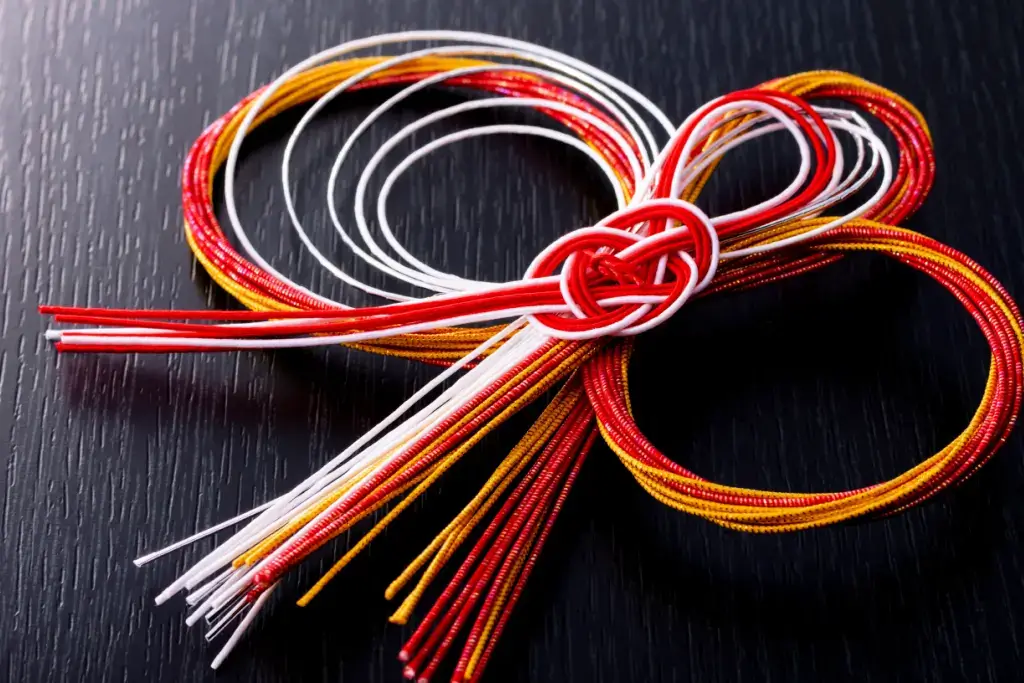
People carefully consider every detail of gift-giving, whether for weddings, ceremonies, or holidays. Mizuhiki plays a central role in ensuring thoughtfully presented gifts. Keep reading as we explore this Japanese knot-tying art, from its meaning and history to its uses.
Enjoy new Japanese sweets, snacks & tea every month starting from $32.50 USD

